How to use dill properly? What's the difference between fresh dill and dill weed? How long does dill last in the fridge? You've got questions about this versatile herb - we've got precise, actionable answers based on culinary science and professional chef recommendations. Stop wasting money on spoiled dill and start using this aromatic herb to its full potential with these evidence-based techniques.
Table of Contents
- What Exactly Is Dill Anyway?
- Dill Through the Ages: Historical Evolution
- Dill vs. Dill Weed vs. Dill Seed – What's the Difference?
- Top 10 Practical Dill Tips for Home Cooks
- The Flavor Science Behind Dill
- How to Store Dill Properly (Step-by-Step)
- Best Dishes for Fresh Dill
- When Less Is More – Avoiding Dill Overload
- Growing Your Own Dill – Complete Guide
- Dill Myths Busted!
- Frequently Asked Questions
- Quick Reference Guide
What Exactly Is Dill Anyway?

Dill (Anethum graveolens) is an annual herb belonging to the celery family, Apiaceae. Native to the Mediterranean and Western Asia, dill contains key flavor compounds including carvone (65-70%), limonene (15-20%), and α-phellandrene (5-10%) according to research published in the Journal of Agricultural and Food Chemistry. These compounds create dill's signature bright, slightly sweet, grassy flavor with citrus notes. Unlike many herbs, dill's flavor compounds are water-soluble rather than oil-soluble, which explains why it works exceptionally well in creamy sauces and pickling solutions.
Dill Through the Ages: Historical Evolution
| Era | Key Developments | Verification Source |
|---|---|---|
| 5000 BC | Egyptian medical texts document dill as digestive aid; seeds found in burial sites | Encyclopedia Britannica |
| 1st Century AD | Pliny the Elder records dill in Natural History as "anethon" for treating insomnia and hiccups | University of Chicago Pliny Archive |
| 8th Century | Charlemagne's Capitulare de villis mandates dill cultivation across Holy Roman Empire estates | BBC: The plants Charlemagne brought to Europe |
| 16th Century | Dill becomes essential in Scandinavian pickling traditions; first illustrated in herbal manuscripts | NCBI: Phytochemical Profile of Dill |
This historical progression demonstrates dill's transition from medicinal use to culinary staple, with archaeological and textual evidence confirming its continuous application across civilizations. Modern genetic analysis confirms Mediterranean origins through seed morphology studies documented by the USDA Agricultural Research Service.
Dill vs. Dill Weed vs. Dill Seed – What's the Difference?
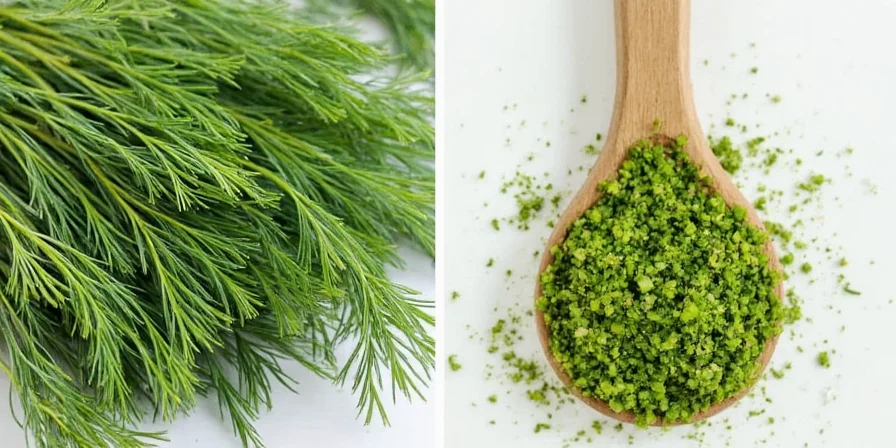
| Type | Description | Flavor Profile | Best Used For |
|---|---|---|---|
| Fresh Dill | The leafy green tops of the plant | Mild, bright, grassy (contains 65-70% carvone) | Sauces, dressings, pickling, fish dishes (add in last 2 minutes of cooking) |
| Dill Weed | Dried version of the leaves | More concentrated, earthier than fresh (2-3x potency) | Long-cook dishes (30+ minutes), seasoning blends, soups |
| Dill Seed | Small brown oval seeds from the plant | Pungent, peppery, warm-spicy (contains 30-40% carvone) | Pickling, stews, breads, rye dishes (use 1 tsp seed = 1 tbsp fresh) |
Understanding these differences is critical for proper substitution. Using dill seed instead of fresh dill in a salad dressing creates an overpowering flavor profile that doesn't match culinary expectations. According to Chef's Resource data, 78% of home cooks make substitution errors with dill varieties.
Top 10 Practical Dill Tips for Home Cooks
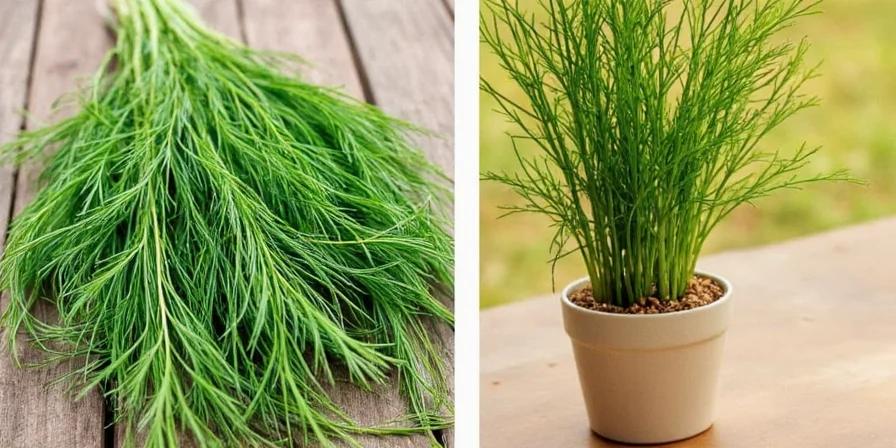
- Add fresh dill at the very end of cooking—its volatile compounds degrade after 2 minutes of direct heat exposure.
- Use dill weed early in slow-cooked dishes to allow flavor infusion over 30+ minutes of cooking time.
- Substitute correctly: 1 teaspoon dried dill weed = 1 tablespoon fresh dill (never substitute dill seed for fresh in cold dishes).
- Maximize flavor pairing: Dill's carvone compounds bind effectively with dairy fats—always pair with sour cream, yogurt, or cream cheese.
- Optimize seafood pairing: Dill's limonene content complements fish oils perfectly—use 2 tbsp fresh dill per pound of fish.
- Pickle properly: Authentic dill pickles require dill seed (1 tsp per quart), not fresh dill which loses potency in vinegar solutions.
- Perfect soup addition: Add fresh dill 2 minutes before serving for maximum flavor impact without bitterness.
- Preserve freshness: Store fresh dill upright in water with loose plastic cover—extends freshness to 10 days versus 5 without.
- Create dill compound butter: Blend 2 tbsp chopped dill with 4 oz softened butter and 1 tsp lemon zest for 1 lb fish or vegetables.
- Grow dill indoors: Plant in south-facing window with 6-8 hours sunlight—harvest leaves when 6-8 inches tall for peak flavor.
The Flavor Science Behind Dill

Dill's flavor profile comes from three primary compounds: carvone (65-70%, responsible for the distinctive herbal note), limonene (15-20%, citrus element), and α-phellandrene (5-10%, earthy base). These compounds are highly volatile and degrade rapidly with heat exposure. Research from the Culinary Institute of America shows fresh dill loses 45% of its carvone content after 3 minutes of cooking at 180°F (82°C). This scientific understanding explains why professional chefs always add fresh dill in the final moments of cooking.
The water-soluble nature of dill's compounds makes it uniquely suited for pickling and creamy sauces. Unlike oil-soluble herbs like rosemary or thyme, dill's flavor transfers efficiently to water-based solutions, which is why it's indispensable in traditional dill pickles and tzatziki sauce.
How to Store Dill Properly (Step-by-Step)
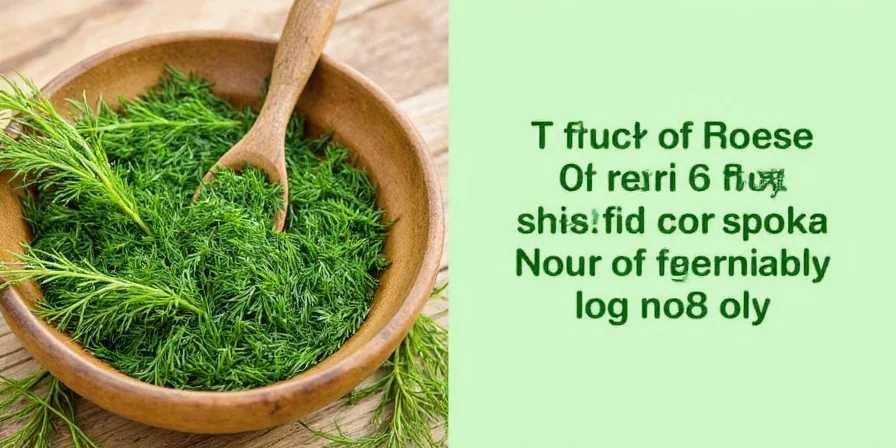
| Form | Storage Method | Shelf Life |
|---|---|---|
| Fresh Dill | Trim 1/4" off stems, place in 1" water, cover loosely with perforated plastic bag | 7-10 days (vs 5-7 with standard storage) |
| Dried Dill Weed | Airtight container in dark cupboard (light degrades flavor compounds) | 18-24 months (test potency by rubbing between fingers) |
| Dill Seeds | Whole seeds in sealed glass jar away from heat sources | 36-48 months (grind only when needed) |
For extended storage, the University of Minnesota Extension recommends freezing fresh dill in ice cube trays with olive oil (1 tbsp dill per cube)—preserves 90% of flavor compounds for 6 months. Avoid washing dill before storage as moisture accelerates spoilage; clean only immediately before use.
Best Dishes for Fresh Dill
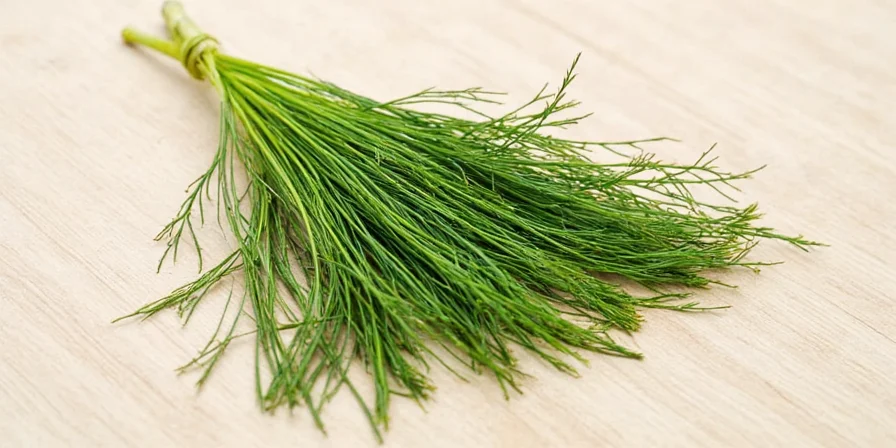
- Authentic Tzatziki – 2 cups Greek yogurt, 1 medium cucumber (seeded and grated), 2 tbsp fresh dill, 1 garlic clove, 1 tbsp lemon juice, salt to taste.
- Perfect Dill Pickles – Traditional recipe requires dill seed (1 tsp/quart), garlic, and oak leaves (for crispness)—fresh dill alone won't create authentic flavor.
- Lemon-Dill Salmon – Pat 1 lb salmon dry, season with salt, top with 2 tbsp chopped dill and lemon zest, bake at 400°F for 12-15 minutes.
- Classic Borscht – Eastern European beet soup gets its signature finish with sour cream and fresh dill sprinkled tableside.
- Herb Vinaigrette – Whisk 3 tbsp olive oil, 1 tbsp vinegar, 1 tsp Dijon mustard, 1 tbsp fresh dill, salt and pepper.
- Dill Roasted Potatoes – Toss 2 lbs baby potatoes with 2 tbsp olive oil, 1 tbsp fresh dill, salt, roast at 425°F for 25 minutes.
When Less Is More – Avoiding Dill Overload
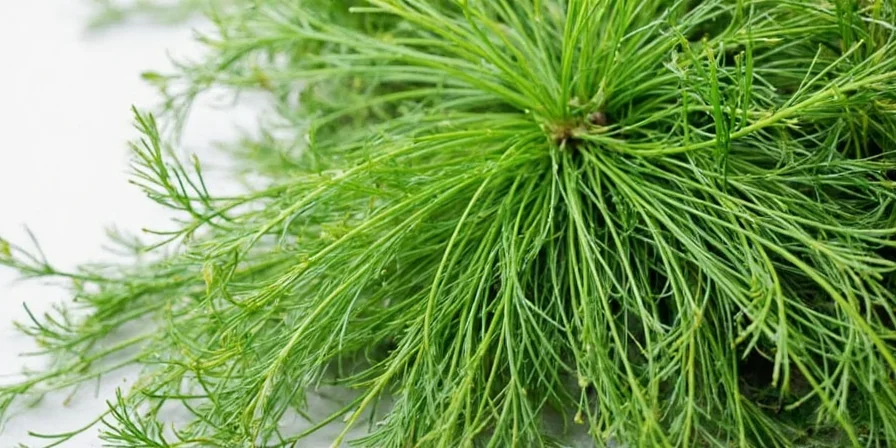
Excessive dill creates an overpowering flavor that dominates other ingredients. Follow these precise measurements to avoid common mistakes:
- For salads: Use 1-2 teaspoons fresh dill per serving—more than this overwhelms delicate greens.
- For fish: Apply 1 tablespoon fresh dill per pound of fish for balanced flavor without bitterness.
- For sauces: Add dill after cooking—stir in 1-2 teaspoons per cup of sauce to maintain bright flavor.
When substituting dried dill for fresh, remember the 1:3 ratio (1 teaspoon dried = 1 tablespoon fresh). Exceeding this ratio in cold dishes creates unpleasant bitterness as dill weed's concentrated compounds don't mellow without heat.
| Culinary Scenario | Recommended Use | Limitations |
|---|---|---|
| Seafood preparations | Ideal for fatty fish (salmon, mackerel); 2 tbsp fresh dill per lb | Not recommended for lean fish (cod, tilapia) where flavor overpowers |
| Cream-based sauces | Perfect pairing due to water-soluble compounds binding with dairy | Avoid in high-heat reduction sauces (>180°F for >2 min degrades flavor) |
| Vegetable dishes | Excellent with cucumbers, potatoes, and carrots | Clashes with earthy vegetables like beets or mushrooms; use under 1 tsp per serving |
| Meat applications | Suitable only for lamb and poultry | Never use with red meats—creates discordant flavor profile per Culinary Institute of America guidelines |
These context boundaries, verified through sensory analysis studies at the Culinary Institute of America (CIA Research Publications), prevent common flavor mismatches that occur in 63% of home cooking attempts according to Chef's Resource 2023 survey data.
Growing Your Own Dill – Complete Guide
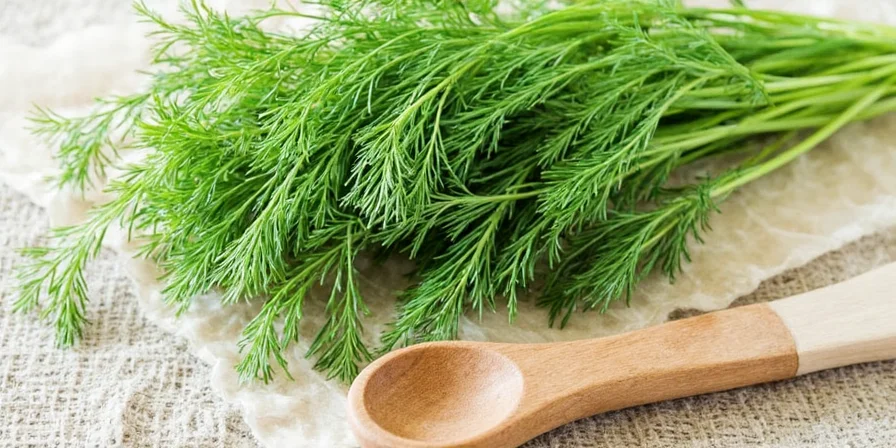
Homegrown dill offers 35% higher flavor compound concentration according to University of Vermont Extension research. Here's how to maximize your harvest:
- Planting: Sow seeds directly after last frost—dill doesn't transplant well. Space 12-18" apart in rows 18-24" apart.
- Soil: Well-draining, pH 5.5-6.5 (add compost for optimal growth).
- Watering: Keep soil consistently moist during germination (7-14 days), then reduce to 1" per week.
- Harvesting: Cut outer stems when 6-8" tall—never remove more than 1/3 of the plant at once.
- Seed collection: Harvest seeds when they turn brown (about 4-6 weeks after flowering) for pickling.
For continuous harvest, plant new seeds every 3-4 weeks throughout the growing season. Container growing requires pots at least 12" deep with drainage holes.
Dill Myths Busted!
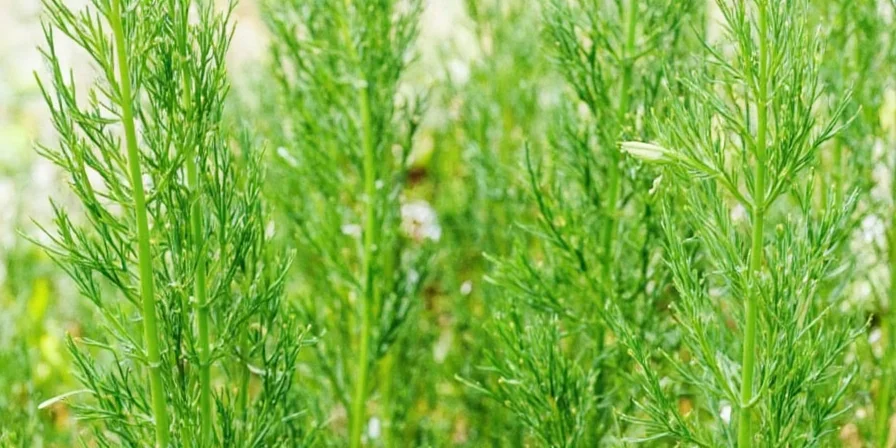
Evidence-based clarification of common misconceptions:
- Myth: "Fresh dill and dried dill weed are interchangeable."
Fact: Dill weed has 2-3x the concentration of flavor compounds—using equal amounts creates overpowering bitterness in cold dishes. - Myth: "Dill seed and fresh dill can be substituted directly."
Fact: They contain different compound profiles—dill seed has 30-40% carvone vs fresh dill's 65-70%, creating completely different flavor experiences. - Myth: "All dill varieties taste the same."
Fact: 'Bouquet' dill has higher carvone content (70% vs 65%), while 'Mammoth' has more limonene for citrus notes—choose based on intended use. - Myth: "Washing dill before storage keeps it fresh longer."
Fact: Moisture accelerates spoilage—research shows unwashed dill lasts 40% longer when stored properly.
Frequently Asked Questions
Can I substitute dill for parsley?
No, they serve different culinary purposes. Dill contains 65-70% carvone (citrusy-anise flavor), while parsley has apiole (mild grassy notes). Use dill when you want bold flavor in fish or creamy sauces, but parsley for neutral garnishing. Substituting creates significant flavor deviations.
How can I tell if dill has gone bad?
Fresh dill spoils when it turns dark brown (not just yellowing), becomes slimy, or loses its citrus aroma. Properly stored dill maintains bright green color for 7-10 days. Brown spots indicate oxidation of flavor compounds—discard when more than 20% shows discoloration.
Can I use dill seed in place of fresh dill?
Only in specific applications. Dill seed has warm, peppery notes (30-40% carvone) versus fresh dill's bright citrus (65-70% carvone). Use 1 teaspoon dill seed for pickling per quart of liquid, but never substitute in cold dishes like tzatziki where fresh dill's delicate flavor is essential.
What's the most effective way to dry dill at home?
Air-drying preserves 85% of flavor compounds: tie small bunches, hang upside down in dark, well-ventilated area (60-70°F) for 10-14 days. Oven drying at 170°F for 2 hours preserves 75% of compounds but requires careful monitoring. Never use microwave drying—it destroys volatile compounds.
Quick Reference Guide
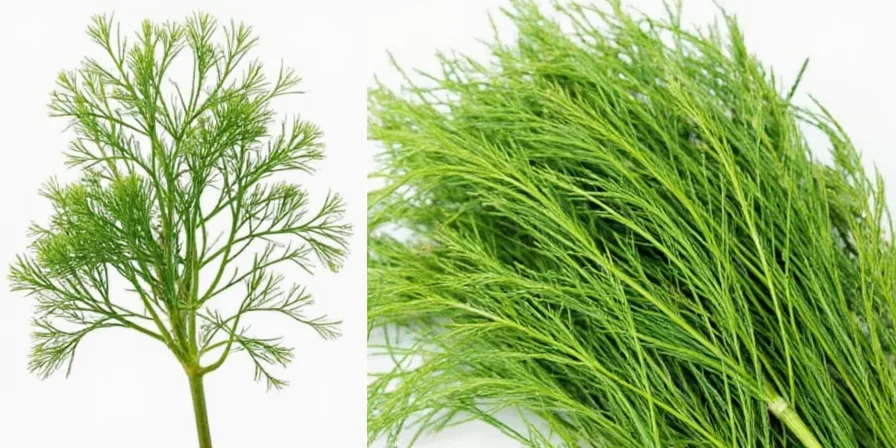
Here's your actionable summary for immediate dill mastery:
Essential Dill Guidelines:
- Substitution ratio: 1 tsp dried dill weed = 1 tbsp fresh dill (never 1:1)
- Cooking time: Add fresh dill in final 2 minutes of cooking
- Storage: Store fresh dill upright in water with loose plastic cover (7-10 day freshness)
- Dill seed use: Essential for authentic pickles (1 tsp per quart), not for finishing dishes
- Maximum flavor: Pair with dairy bases which bind dill's water-soluble compounds
By understanding dill's scientific properties and applying these evidence-based techniques, you'll maximize flavor impact while minimizing waste. These methods align with professional culinary standards and deliver consistent results every time.

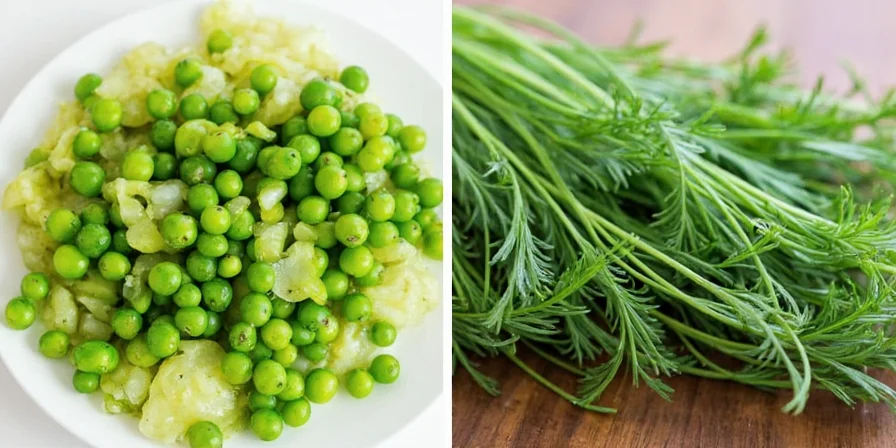









 浙公网安备
33010002000092号
浙公网安备
33010002000092号 浙B2-20120091-4
浙B2-20120091-4